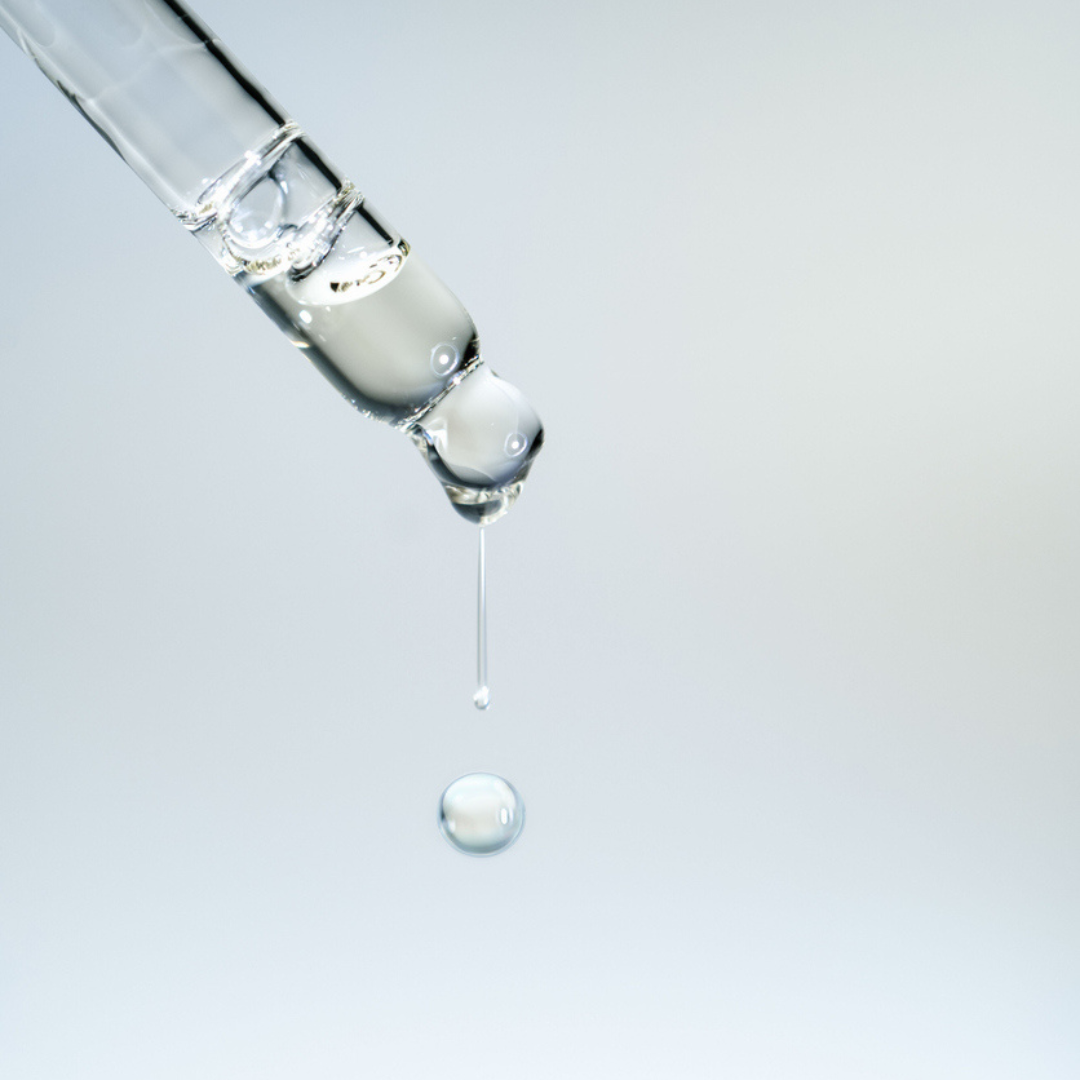
Types of Chemical Peels
Chemical peels come in varying strengths and depths, classified as superficial, medium, or deep peels. Each type targets specific skin concerns and requires different levels of downtime and aftercare. Familiarize yourself with the differences between these peels to ensure you're selecting the most suitable option for your clients' needs.
Introduction
The world of skincare offers a plethora of treatments to rejuvenate and enhance the skin's appearance, and chemical peels stand as one of the most versatile options available. These treatments, classified based on their strength and depth, provide esthetic professionals with a spectrum of choices to address their clients' unique concerns. Understanding the types of chemical peels available is essential for tailoring treatments to individual needs and delivering optimal results.
Superficial Peels
Superficial peels, also known as light peels, are the mildest of the bunch. These peels target the outermost layer of the skin, exfoliating it gently and yielding subtle yet noticeable results. Superficial peels are often recommended for individuals seeking a quick refresh or those with mild skin concerns. They utilize milder acids like alpha hydroxy acids (AHAs), such as glycolic or lactic acid.
The advantage of superficial peels lies in their minimal downtime. Clients may experience some redness or flakiness, but these effects are generally short-lived and can be easily concealed with makeup. Superficial peels are a popular choice for individuals with busy lifestyles who want a boost without significant disruption.
Medium Peels
Stepping up the intensity, medium peels penetrate deeper into the skin's layers. These peels are designed to target moderate skin issues like fine lines, sun damage, and uneven texture. Beta hydroxy acids (BHAs) and trichloroacetic acid (TCA) are commonly used in medium peels. The increased depth of penetration results in more pronounced exfoliation and skin rejuvenation.
Clients undergoing medium peels can expect a moderate amount of downtime. Redness, peeling, and some discomfort are typical during the recovery period, which usually lasts a few days. Medium peels are ideal for those seeking more noticeable results while still maintaining a manageable recovery process.
Deep Peels
Deep peels are the most potent among the types of chemical peels, reserved for individuals with more severe skin concerns. These peels target deep wrinkles, advanced sun damage, and even certain types of scars. Deep peels often utilize phenol or high-concentration TCA.
Due to their substantial impact, deep peels require a more extended recovery period. Swelling, redness, and peeling are common side effects that can persist for a week or more. Deep peels necessitate close monitoring and adherence to strict aftercare instructions. However, the trade-off for the longer recovery is the potential for remarkable and transformative results.
Choosing the Right Peel
Selecting the appropriate type of chemical peel for your clients is a skill that requires a deep understanding of their skin concerns, preferences, and tolerance levels. The consultation process is crucial in determining which peel will best align with their goals and lifestyle. Customization is key to ensure that the chosen peel addresses their concerns effectively while taking into account factors like downtime and aftercare.
Conclusion
As an esthetic professional, having a comprehensive understanding of the different types of chemical peels empowers you to provide tailored solutions to your clients. Whether they are seeking a subtle refresh, a moderate improvement, or a more dramatic transformation, you can confidently guide them towards the type of peel that best suits their needs. By matching the appropriate peel with individual skin concerns and preferences, you contribute to enhancing their self-confidence and leaving them with radiant, rejuvenated skin.
Products
View all
